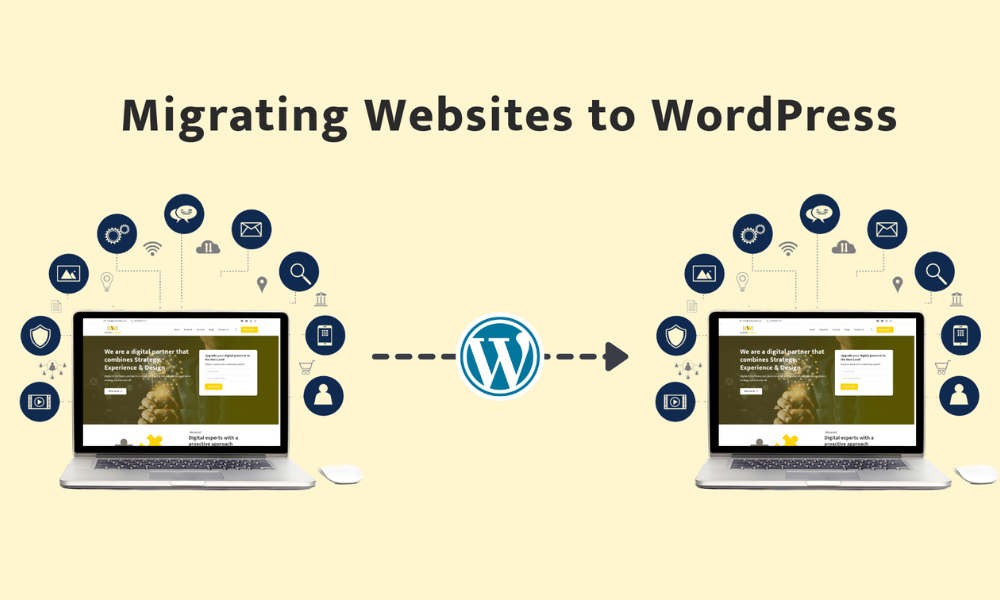Migrating Website to a New Platform: A Step-by-Step Guide
Migrating website to a new platform can be challenging, but with careful planning and execution, it can improve performance, features, and user experience. Here’s a comprehensive guide to help you through the process. Have you outgrown your current website builder? Maybe you’re looking for a platform with more features, or your website needs a fresh look and feel. Whatever the reason, migrating website to a new platform can seem daunting. But fear not! This guide will walk you through the process step-by-step, making your move as smooth and successful as possible.
Before Liftoff: Planning and Preparation
-
Choosing Your New Launchpad: Research different website platforms to find one that suits your needs and budget. Popular options include Wix, Squarespace, and WordPress. Consider factors like ease of use, features, scalability, and customer support.
-
Taking Inventory: Make a complete list of all your website’s elements. This includes pages, blog posts, images, videos, and downloadable content. This ensures nothing gets left behind during the move.
-
Understanding Your Course: Analyze your current website’s structure, SEO (Search Engine Optimization) performance, and website traffic using analytics tools. This helps establish a benchmark to measure your website’s health after the migration.
-
Scheduling Your Flight: Pick a time for migration that minimizes disruption to your visitors. Ideally, this would be during a period with historically low traffic.
-
Packing Up Your Essentials: Create a full website backup, including its database (which holds the content) and website files (like code and images). This acts as a safety net in case anything goes wrong.

Setting Up Your New Home: Building on the New Platform
-
Securing Your New Place: Choose a reliable hosting solution for your new website. This is essentially the storage space for your website’s files.
-
Domain Name Change? If you’re switching domain names (the web address visitors type in), update your Domain Name System (DNS) settings to point the domain to your new hosting provider.
-
Building Your New Nest: If you’re using a Content Management System (CMS) like WordPress, install and configure it on your new hosting environment. A CMS helps manage your website’s content.
-
Mapping Your Journey: If your website’s URL structure (web addresses for each page) changes during Migrating website, create a map that links old URLs to their corresponding new ones. This helps ensure visitors aren’t lost in transit.
-
Setting Up Redirects: Implement 301 redirects on your old website (Migrating Website), which forward visitors from the old URLs to the new ones. This is crucial for maintaining your SEO and user experience.
Testing, Launch, and Beyond
-
Test Drive: Before launch, thoroughly test your new website on the new platform to ensure everything functions as expected. Check for broken links, mobile responsiveness, and overall layout.
-
Go Live!: Once everything is tested and ready, launch your new website! Update any online listings or profiles with your new website address.
-
Monitoring and Maintenance: Keep an eye on your website’s traffic and SEO performance after Migrating website. Address any issues that arise and make adjustments as needed.
By following these steps, you can confidently migrate website to a new platform. Remember, a little planning and preparation can go a long way in ensuring a smooth and successful move for your online home!










